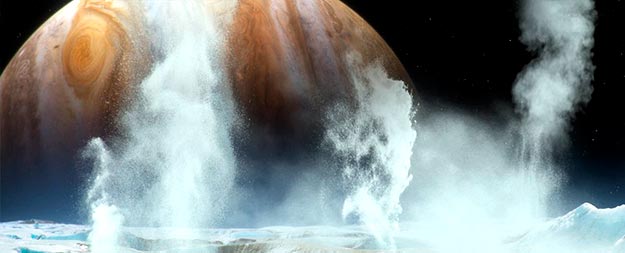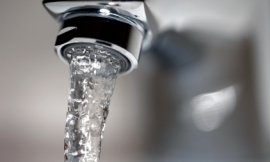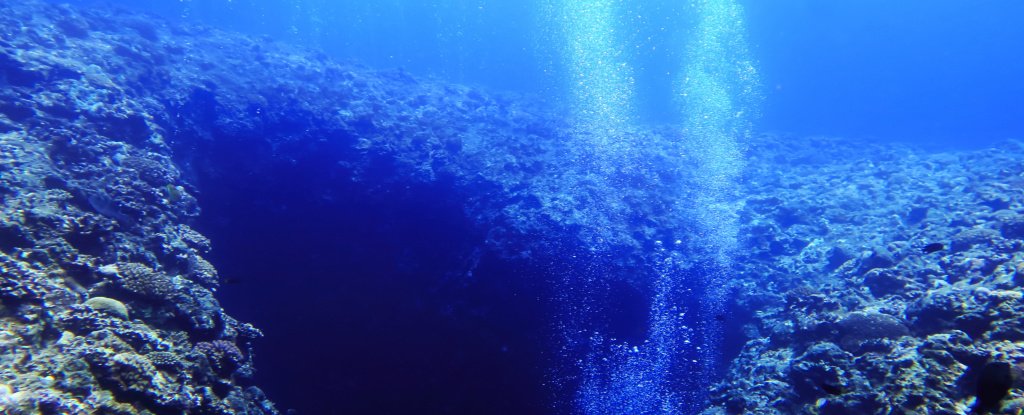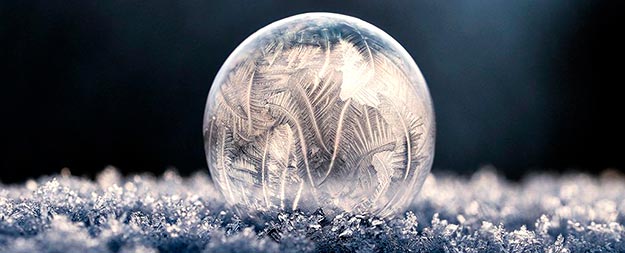University of Oregon-led team uses a new approach to directly measure submarine melt, uncovering data that could enhance projections of sea level changes
University of Oregon
VIDEO: Video made from time-lapse photos taken daily from March 31, 2016, to Aug. 8, 2016 from LeConte Glacier camp. The glacier moves from right to left, with the ice front,… view more
EUGENE, Ore. — July 25, 2019 — Researchers have developed a new method to allow for the first direct measurement of the submarine melt rate of a tidewater glacier, and, in doing so, they concluded that current theoretical models may be underestimating glacial melt by up to two orders of magnitude. Read more












